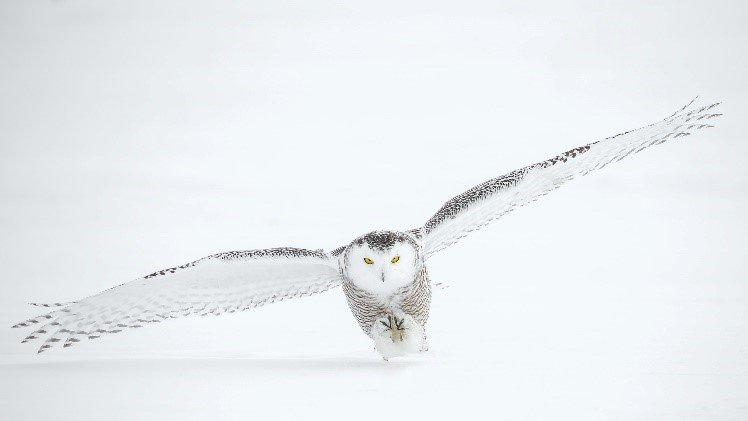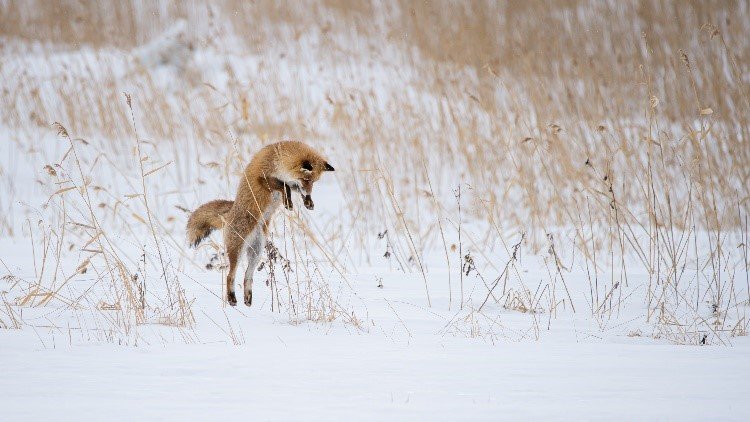Life beneath the snow? – There’s snow way!
As the temperatures drop and winter approaches, we start to think about the incoming snow. The quiet calm after a heavy snowfall. Winter activities - skiing, building snowmen, snowball fights, and even shovelling sidewalks or driveways. Whether you love it or hate it, the snow is a major part of our lives, and it plays an important role within our ecosystems.
Photo by Chris Ewan on Flikr
Snow supports a surprising amount of life, with entire ecosystems thriving unseen beneath it. Much of our wildlife depend on the snow, the subnivean layer beneath it, and its insulating properties to survive the winter. The subnivean layer is a network of insulating air pockets between the ground and the snowpack that forms when the ground evaporates the snow near it, which rises and re-freezes, creating a crusted layer or “roof.” This crust is so insulating that under it, the temperature stays around 0°c no matter how cold the ambient air is above the snow. While some mammals, like ground squirrels, hibernate the winter away, others stay active all winter and build networks of tunnels throughout the subnivean layer. These tunnels provide shelter and protection from the elements and help protect the rodents from predators, such as foxes, coyotes, and owls. These predators also rely on the subnivean layer as their success is directly linked to the success of their rodent prey.
But wait, there’s more!
Photo by Roberto Sorin on Unsplash
The subnivean layer supports considerably more life than was realized in the past. Millions of microorganisms and bacteria have been discovered thriving under the snow. These microorganisms break down decaying plant matter and store large amounts of carbon and nitrogen, byproducts of the decomposition process, over the winter, which are incredibly important nutrients for soil health and plant growth. These nutrients are released in the spring when the snow melts and the bacteria die off, providing much-needed nitrogen to the soil. The snowmelt is timed just right to release these critical nutrients into the soil for the surge of spring plant growth. Fascinating! There is a problem, however; with the warmer spring temperatures, this timing has been shifted. There are rising concerns regarding the impacts that this will have not only on plant development and growth, but also on entire food webs. In fact, the integrity of the subnivean layer itself is at risk, with climate change causing more freeze-thaw cycles throughout the winter. While not all of us love snow, it has an important place in our ecosystems.
Guest blog by Jana Teefy.




